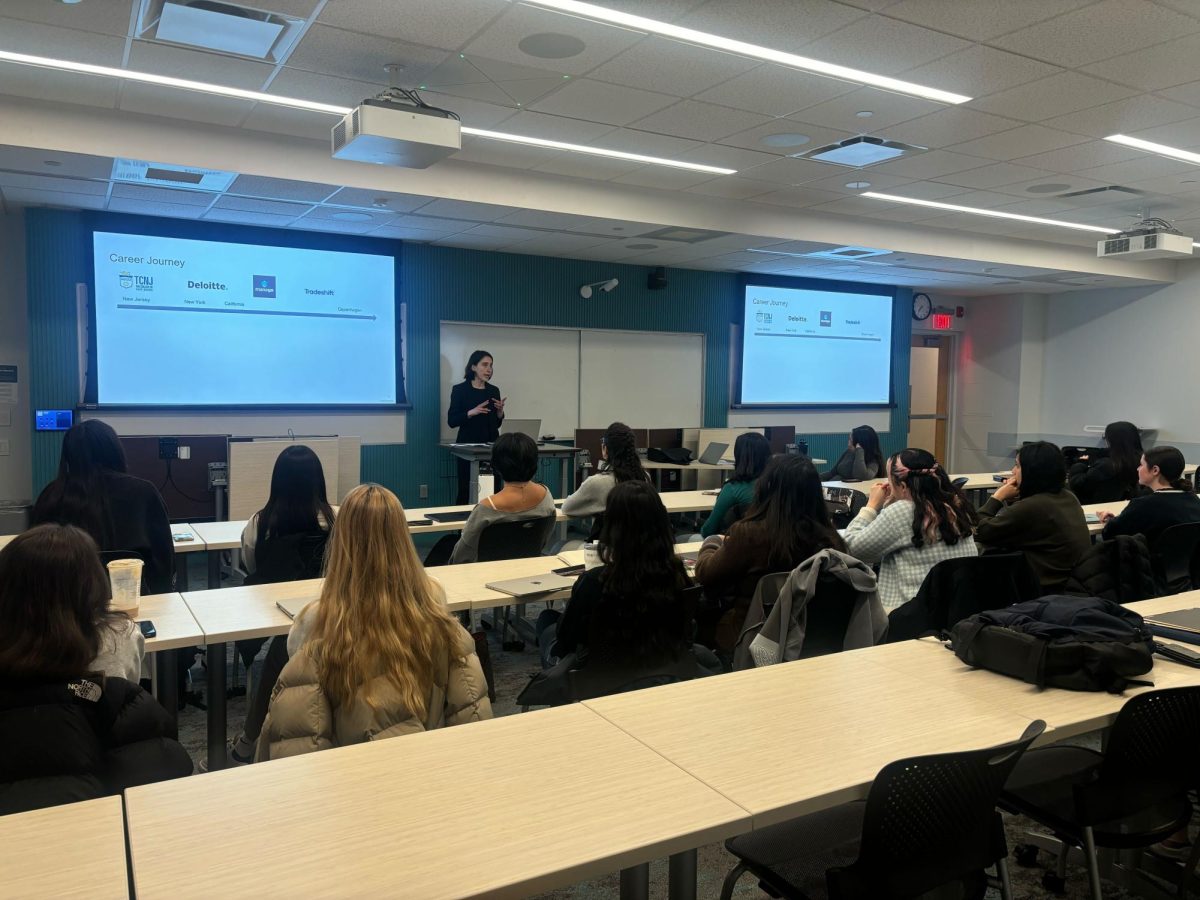By Ryan Chaffin, News Correspondent
Cashless cabs is not a spinoff TV-show. The term has been coined for a deal recently made between Northeastern University and four of Boston’s seven licensed taxi companies. Students can now pay for cab fares with Husky Dollars using their student ID cards.
The move comes as part of a larger effort by Northeastern to establish commercial tie-ins which benefit its student body. Over 40 restaurants and convenience stores currently accept the Husky Card for payment. Though most of the current participating stores are around Northeastern’s central campus, a few are as far away as Douglas Park or Massachusetts Avenue. Taxis, though, will go anywhere in the city and can be paid for with Husky Dollars—far outside the typical range of a student ID.
By dealing with cab companies, the university’s administration is increasing its Husky Dollar circulation in the larger city. This, in turn, is another way of improving what Northeastern has to offer to an increasingly competitive pool of applicants.
Emily Weis, a sophomore majoring in international affairs and economics, described her own reasons for liking the convenience of cabs. “Yeah it’s good, if anything it’s easier because the last thing you want to worry about is how you get home…safety is important.”
Though most cabs now accept debit or credit cards, students can now leave the bulk of their wallet home when going out on the town. Emma Yeager, a freshman chemical engineering major, said that she would certainly use the system.
“Yeah, definitely, I don’t usually carry cash around with me, or debit cards or anything. This way I wouldn’t have to worry about carrying cash,” she said.
In fact, the new system could change how the Northeastern community thinks of and uses taxis. Yeager said that she did not consider cabs her first choice. “Use cabs? I do, only after midnight. I use the subway whenever I can, but after midnight I have to take a cab.”
Those who go out and take a taxi back can now enjoy the convenience, portability and obvious safety improvements afforded by the new system.








